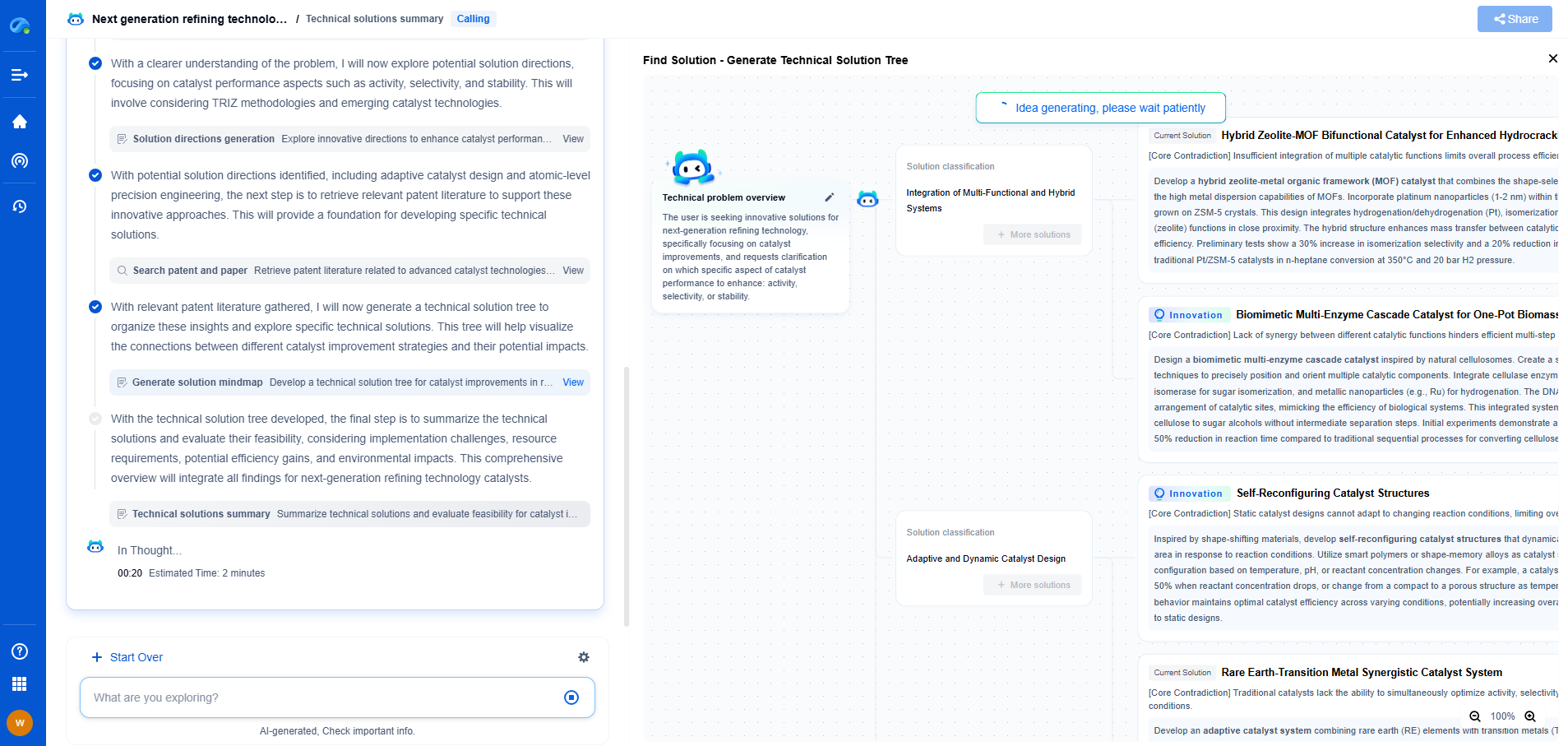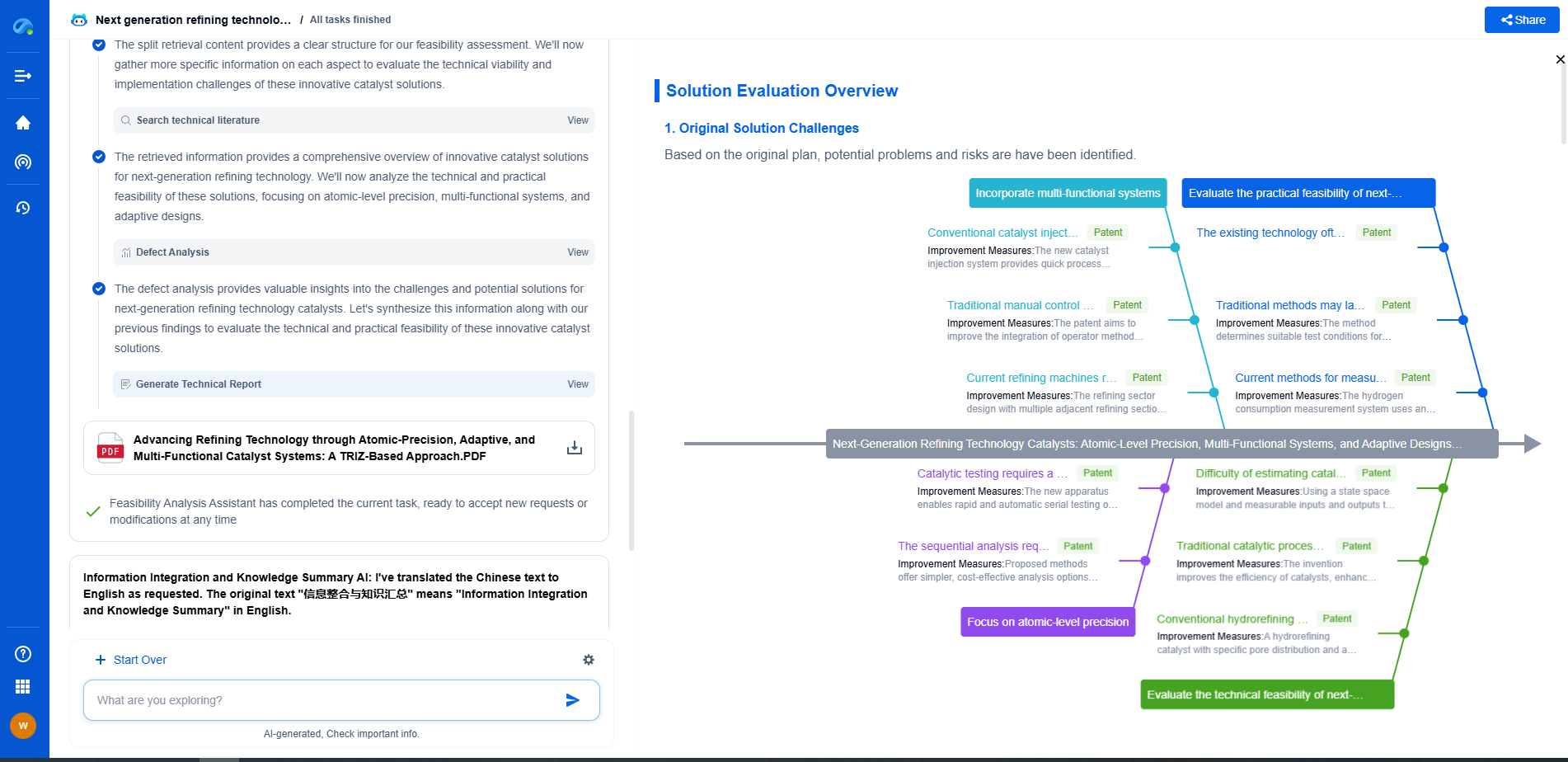Motion control is a subfield of automation that involves precisely managing the position, velocity, and acceleration of machines or mechanical systems. It typically uses components like motors, drives, controllers, and feedback devices (e.g., encoders) to execute programmed movement profiles in manufacturing, robotics, and CNC applications. Motion control enables high-speed, high-precision tasks and is essential for productivity and quality in automated processes.
Fundamentals of Motion Control
At its core, motion control refers to the precise control of speed, position, and torque in machines. It is achieved through a complex interaction of system components, including controllers, drives, and motors. Controllers process input data and determine the required movement, while drives convert signals from the controller into motion by dictating the behavior of the motor. These systems must work harmoniously to ensure accurate and smooth operation.
Motion Control in Robotics
Robotics heavily relies on motion control to perform tasks with high precision and efficiency. In industrial settings, robots are used for tasks such as assembly, painting, and packaging, necessitating exact positioning and speed control. Motion control systems in robotics consist of sophisticated algorithms and sensors that allow robots to interact with their environment dynamically. They enable robots to move their arms, wheels, or legs in a controlled manner, ensuring that each task is executed with the utmost accuracy.
Role of Motion Control in CNC Machines
CNC machines, which include lathes, mills, and routers, utilize motion control to cut and shape materials with outstanding precision. The integration of motion control systems in CNC machinery allows for automated operation, reducing human error and increasing production efficiency. These systems translate digital designs into physical objects by precisely controlling the movement of tools along multiple axes. This level of precision is crucial in industries such as aerospace, automotive, and manufacturing, where detailed and accurate work is necessary.
Servo Systems and Their Functionality
Servo systems are specialized types of motion control systems and are pivotal in applications requiring precise control of angular or linear position, velocity, and acceleration. They are commonly used in both robotics and CNC machines due to their ability to provide accurate feedback and adjust for optimal performance. A typical servo system comprises a servo motor, a feedback device, and a controller. The feedback device continuously monitors the position of the motor shaft and sends this data to the controller, which adjusts the motor's operation to achieve the desired motion. This feedback loop is essential for maintaining accuracy and performance in dynamic environments.
Advancements and Innovations in Motion Control
The field of motion control is continually evolving, driven by advancements in technology and the increasing demand for more sophisticated systems. Recent innovations include the integration of artificial intelligence and machine learning to enhance system adaptability and efficiency. These technologies enable motion control systems to learn from their environment and improve their performance over time, offering new possibilities for automation and precision.
Conclusion
Motion control is an indispensable technology that supports the functionality and precision of modern machinery. Its applications in robotics, CNC machines, and servo systems highlight its versatility and importance across various industries. As technology continues to advance, motion control systems will undoubtedly become even more integral to the development of smarter and more efficient automated solutions. Understanding its fundamentals and applications provides valuable insights into the future of manufacturing and automation.
What is Motion Control? Robotics, CNC Machines, and Servo Systems
JUL 2, 2025 |
Ready to Reinvent How You Work on Control Systems?
Designing, analyzing, and optimizing control systems involves complex decision-making, from selecting the right sensor configurations to ensuring robust fault tolerance and interoperability. If you’re spending countless hours digging through documentation, standards, patents, or simulation results — it's time for a smarter way to work.
Patsnap Eureka is your intelligent AI Agent, purpose-built for R&D and IP professionals in high-tech industries. Whether you're developing next-gen motion controllers, debugging signal integrity issues, or navigating complex regulatory and patent landscapes in industrial automation, Eureka helps you cut through technical noise and surface the insights that matter—faster.
👉 Experience Patsnap Eureka today — Power up your Control Systems innovation with AI intelligence built for engineers and IP minds.
- R&D
- Intellectual Property
- Life Sciences
- Materials
- Tech Scout
- Unparalleled Data Quality
- Higher Quality Content
- 60% Fewer Hallucinations
Browse by: Latest US Patents, China's latest patents, Technical Efficacy Thesaurus, Application Domain, Technology Topic, Popular Technical Reports.
© 2025 PatSnap. All rights reserved.Legal|Privacy policy|Modern Slavery Act Transparency Statement|Sitemap|About US| Contact US: help@patsnap.com

